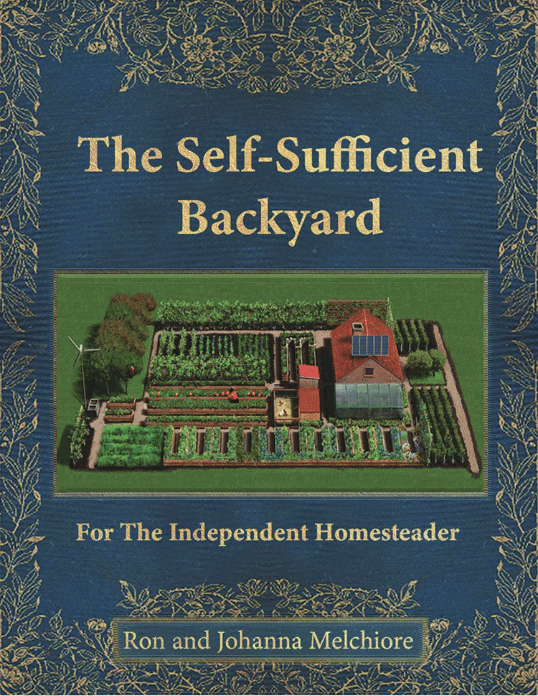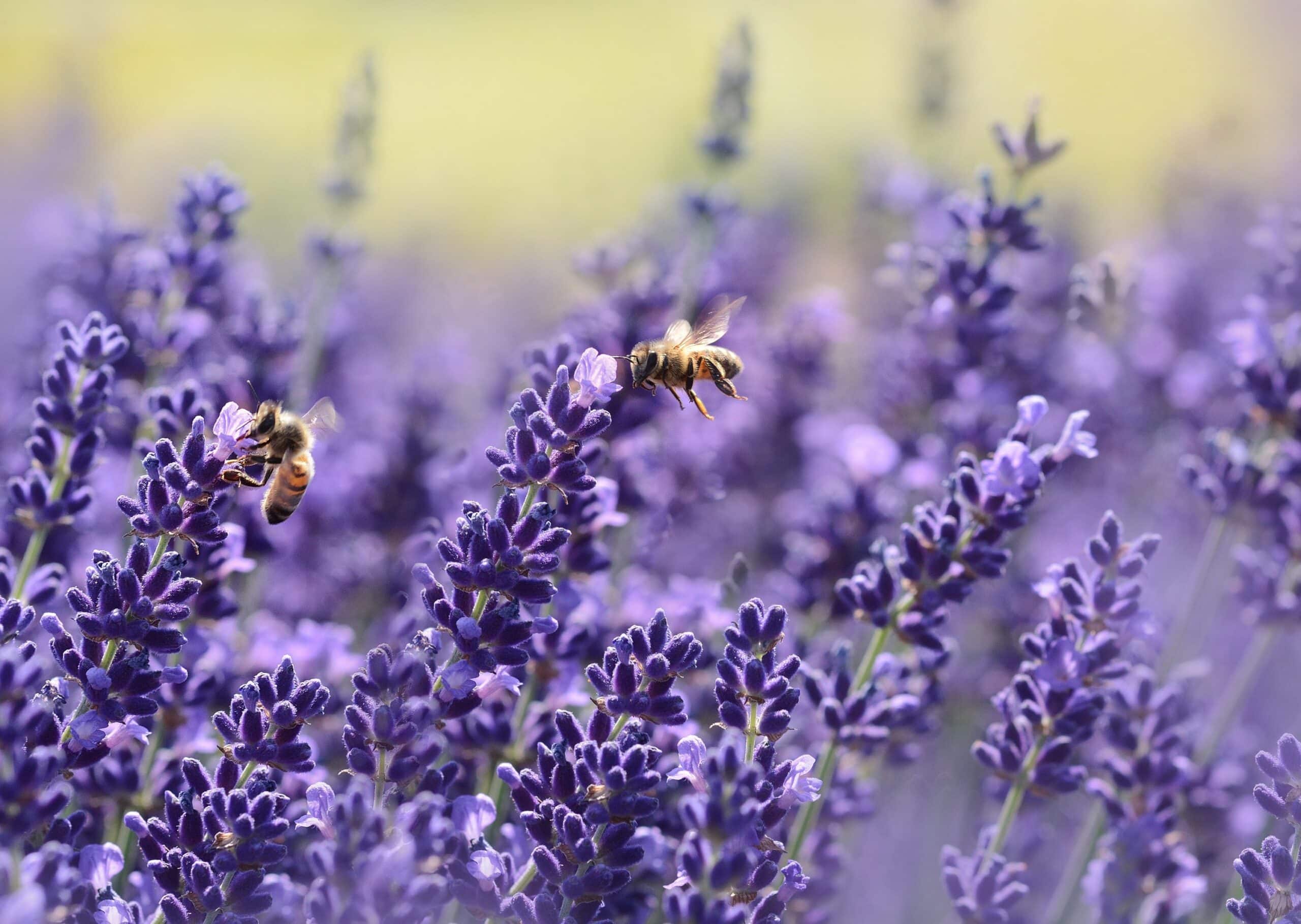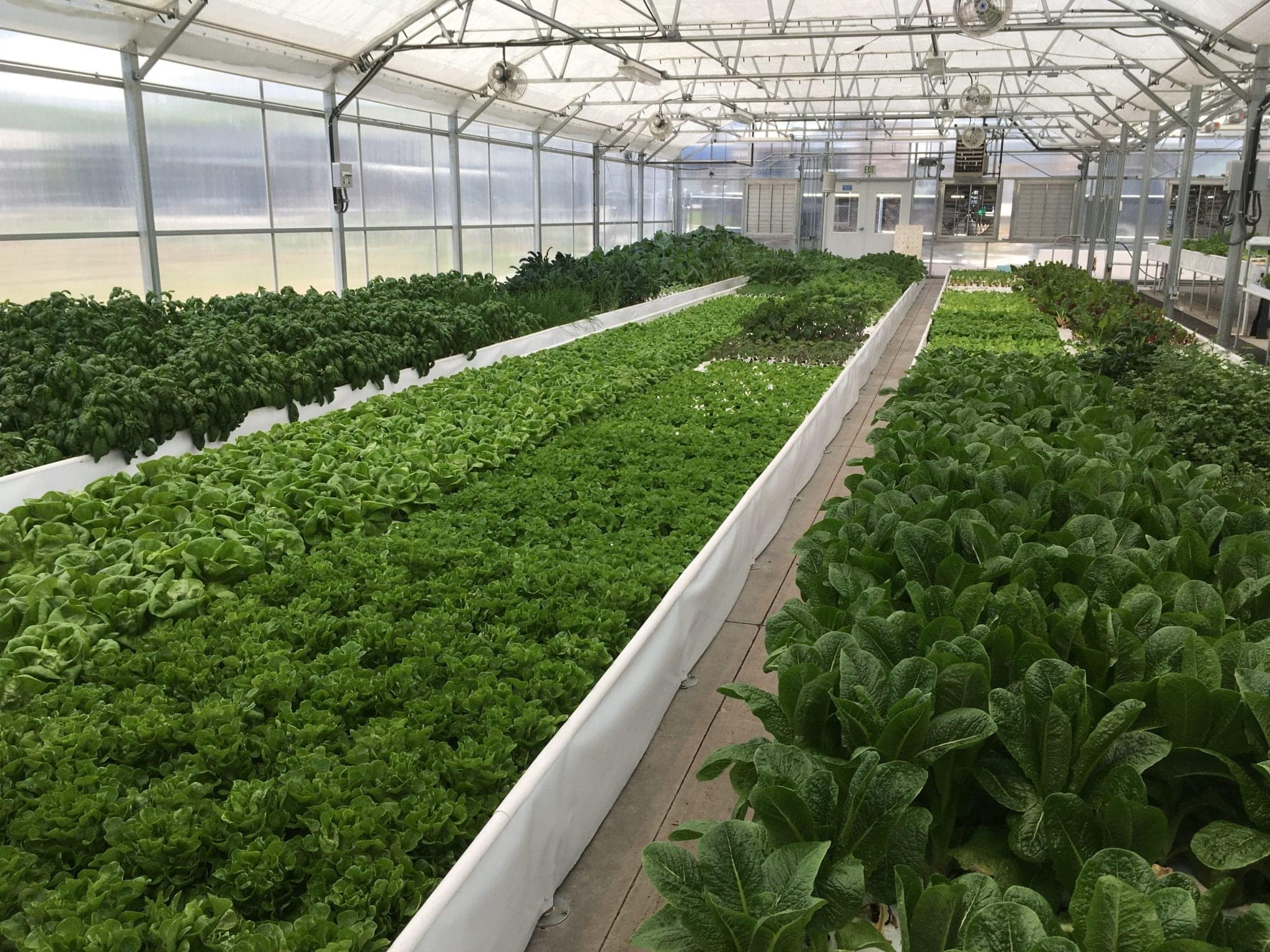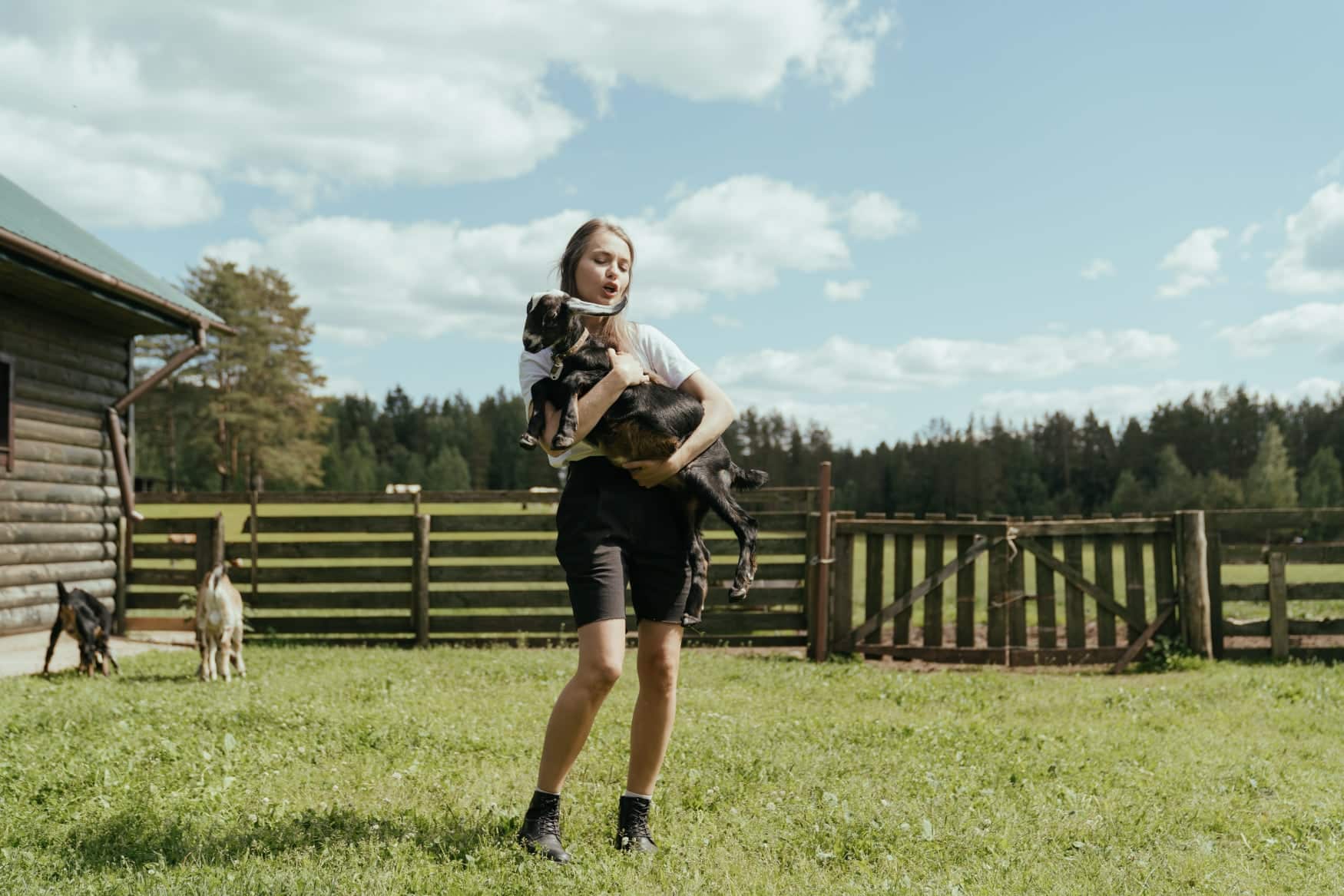Bees are one of the most important pollinators in the world. They play a crucial role in the production of fruits, vegetables, and other crops that humans rely on for food. However, bee populations have been declining in recent years due to a variety of factors, including habitat loss, pesticide use, and disease. One way to help support bee populations and promote pollinator health is through backyard beekeeping.
In this article, we’ll cover the basics of backyard beekeeping, including setting up a hive, caring for your bees, harvesting honey, and promoting pollinator health in your community.
Setting Up a Hive
Before you start beekeeping, it’s important to understand the basics of setting up a hive. Here are the key steps:
- Choose a Location: The first step in setting up a hive is choosing the right location. Ideally, the hive should be in a sunny, sheltered spot with good air flow. It should also be located away from areas where people and pets are likely to be.
- Purchase Equipment: You’ll need a few key pieces of equipment to get started with beekeeping, including a hive, frames, foundation, a smoker, and protective gear.
- Install the Hive: Once you have your equipment, it’s time to install the hive. This involves assembling the hive, inserting the frames, and adding the foundation. You’ll also need to place the queen bee and her worker bees in the hive.
Caring for Your Bees
Once your hive is set up, it’s important to care for your bees to ensure their health and productivity. Here are some tips for caring for your bees:
- Check the Hive Regularly: It’s important to check the hive regularly to make sure the bees are healthy and productive. This involves inspecting the frames, looking for signs of disease or pests, and monitoring the honey production.
- Provide Adequate Food and Water: Bees require a steady supply of nectar and pollen to survive. Providing a variety of pollinator-friendly plants in your garden can help to ensure they have access to the nutrients they need.
- Manage Pests and Diseases: Bees can be affected by a variety of pests and diseases, including mites, viruses, and bacteria. It’s important to monitor your hive for signs of disease and take steps to manage pests if they become a problem.
- Harvest Honey Responsibly: When harvesting honey, it’s important to leave enough honey in the hive for the bees to survive the winter. You should also avoid harvesting honey during times of nectar dearth, when the bees may not have enough food to sustain themselves.
Benefits of Backyard Beekeeping
Aside from the obvious benefits of fresh honey, there are many other benefits to keeping bees in your backyard. Here are a few:
- Improved Garden Productivity: Bees are vital pollinators, and having a hive in your backyard can improve the productivity of your garden. More pollinators mean more fruits and vegetables.
- Educational Opportunities: Beekeeping provides an opportunity to learn about the life cycle of bees and their role in the ecosystem. It can also teach important lessons about sustainability and environmental stewardship.
- Sustainable Honey Production: By producing your own honey, you can reduce your reliance on store-bought honey, which often comes from large-scale commercial operations that may not prioritize sustainability.
- Health Benefits of Honey: Honey has been used for medicinal purposes for centuries and has a variety of health benefits. From soothing sore throats to boosting the immune system, honey can be a valuable addition to your diet.
Harvesting Honey
Harvesting honey is one of the most rewarding aspects of beekeeping. However, it’s important to do it responsibly to ensure the health and survival of your bees. Here are some tips for harvesting honey:
- Timing: It’s important to time your honey harvest carefully to ensure that the bees have enough honey to survive the winter. In general, it’s best to harvest honey in late summer or early fall, when the bees have finished their nectar collection for the season.
- Bee Removal: Before harvesting honey, you’ll need to remove the bees from the frames. This is usually done with a bee brush or a blower. It’s important to be gentle and avoid injuring the bees.
- Extraction: Once the bees have been removed, it’s time to extract the honey. This is usually done with a honey extractor, which uses centrifugal force to remove the honey from the comb. Alternatively, you can crush and strain the comb to extract the honey.
- Storage: Once you’ve extracted the honey, it’s important to store it properly to prevent it from crystallizing or spoiling. Store the honey in a cool, dry place in airtight containers.
Promoting Pollinator Health in Your Community
In addition to caring for your own bees, there are many things you can do to promote pollinator health in your community. Here are a few ideas:
- Plant Pollinator-Friendly Plants: Planting a variety of flowers, herbs, and shrubs that attract pollinators can help support bee populations in your area.
- Avoid Pesticides: Pesticides can be harmful to bees and other pollinators. Whenever possible, avoid using pesticides and opt for natural pest control methods instead.
- Support Local Beekeepers: Supporting local beekeepers by purchasing their honey or other products can help to promote sustainable beekeeping practices and support local ecosystems.
- Educate Others: Spread the word about the importance of pollinators and the role that backyard beekeeping can play in supporting their populations. Encourage others in your community to plant pollinator-friendly plants and avoid using pesticides.
Backyard beekeeping can be a rewarding and fulfilling hobby that not only provides fresh honey but also helps support pollinator health in your community. By following the tips outlined in this article, you can set up a hive, care for your bees, harvest honey responsibly, and promote pollinator health in your area. So why not give beekeeping a try and see what all the buzz is about?
Ready to live off the land and become a self-sufficient homesteader? Look no further than The Self-Sufficient Backyard! This comprehensive guide provides everything you need to know to turn your backyard into a thriving, independent homestead. From growing your own food to raising livestock, this book is your ultimate resource for achieving self-sufficiency. Click HERE to check it out today and start living the self-sufficient lifestyle you’ve always dreamed of!

Here are some online stores where you can buy the equipment and supplies needed for backyard beekeeping:
- Mann Lake Ltd.: https://www.mannlakeltd.com/ Mann Lake Ltd. is a leading supplier of beekeeping equipment, including hives, frames, and protective gear. They also offer educational resources and support for beginner beekeepers.
- Dadant & Sons: https://www.dadant.com/ Dadant & Sons is another well-known supplier of beekeeping equipment and supplies, offering everything from hives and frames to honey extractors and bottling equipment.
- Brushy Mountain Bee Farm: https://www.brushymountainbeefarm.com/ Brushy Mountain Bee Farm is a family-owned and operated business that offers a wide range of beekeeping supplies, including hives, frames, and protective gear. They also offer educational resources and support for beekeepers of all levels.
- Betterbee: https://www.betterbee.com/ Betterbee is a supplier of beekeeping equipment and supplies that offers a range of products, including hives, frames, and protective gear. They also offer educational resources and support for beekeepers of all levels.
- Amazon: https://www.amazon.com/ Amazon also offers a wide range of beekeeping equipment and supplies, including hives, frames, protective gear, and honey extractors. Just be sure to read reviews and check seller ratings to ensure you’re buying from a reputable source.
It’s important to note that while online stores can be convenient, it’s always a good idea to support local beekeeping businesses and shops whenever possible. Check with your local beekeeping association or co-op to see if they have any recommended suppliers in your area.
Sources:
- “The Importance of Bees and Other Pollinators.” U.S. Fish & Wildlife Service. https://www.fws.gov/pollinators/importance.html
- “Beekeeping for Beginners.” The Old Farmer’s Almanac. https://www.almanac.com/beekeeping-beginners-guide
- “Beekeeping Equipment List: What You Need to Get Started.” The Spruce. https://www.thespruce.com/beekeeping-equipment-list-3016562
- “Backyard Beekeeping for Beginners.” Better Homes & Gardens. https://www.bhg.com/gardening/pests/insects-diseases-animals/backyard-beekeeping-for-beginners/
- “How to Harvest Honey from a Beehive.” The Spruce. https://www.thespruce.com/how-to-harvest-honey-from-a-beehive-3016709
- “10 Tips for a Successful Beekeeping Season.” Beekeeper’s Naturals. https://beekeepersnaturals.com/blogs/blog/10-tips-for-a-successful-beekeeping-season
- “Planting a Bee Garden.” The Honeybee Conservancy. https://thehoneybeeconservancy.org/2015/04/20/planting-a-bee-garden/
- “Pesticides and Bees.” University of California Agriculture & Natural Resources. https://ucanr.edu/sites/pollinator/Integrated_Pest_Management/Pesticides_and_Bees/
- “Local Beekeepers.” American Beekeeping Federation. https://www.abfnet.org/page/LocalBeekeepers




